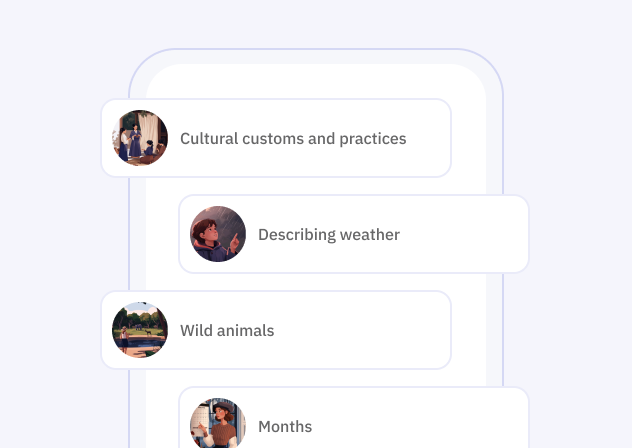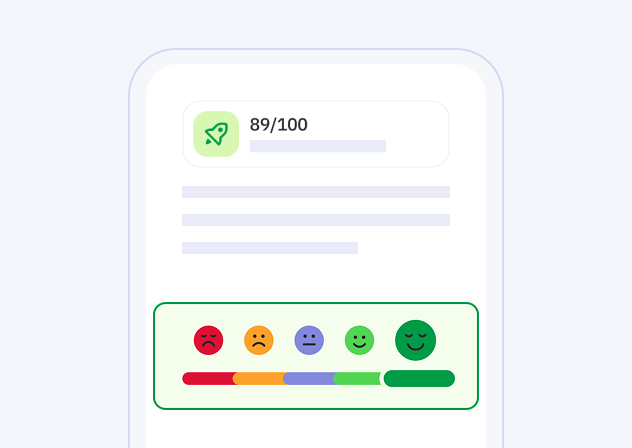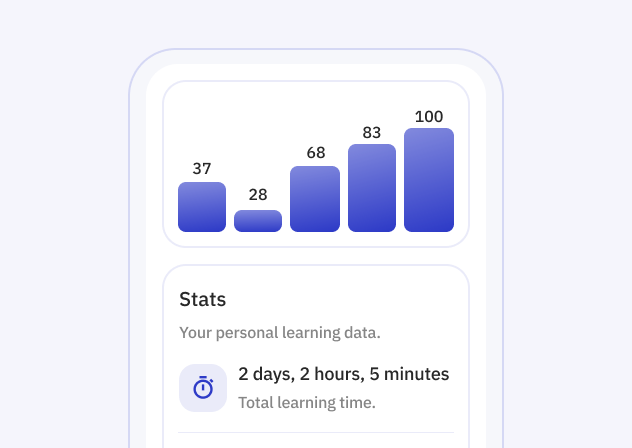Il verbo inglese "nod" è un termine che si traduce in italiano come "annuire" o "fare cenno con la testa". Questo verbo viene utilizzato per descrivere il movimento del capo, solitamente verso il basso e poi verso l'alto, che viene fatto per esprimere assenso, accordo o comprensione. "Nod" può anche essere usato in contesti più specifici per indicare un saluto o un segnale non verbale. È un verbo molto comune nella comunicazione quotidiana e può avere sfumature diverse a seconda del contesto in cui viene utilizzato.
She nodded in agreement during the meeting.
He nods off during long car rides.
The teacher nodded approvingly at the student's answer.
They nodded to each other as a sign of respect.
The audience nodded along to the rhythm of the music.
After hearing the plan, he nodded thoughtfully.
The little girl nodded her head vigorously.
She nods every time she understands the instructions.
He nodded off to sleep while watching TV.
The dog nodded its head when it saw its owner.
I nod in agreement.
You nod when you understand.
He nods to show he’s listening.
She nods politely.
It nods slightly.
We nod our heads.
They nod together.
I nodded at the speaker.
You nodded in agreement.
He nodded his head.
She nodded slightly.
It nodded once.
We nodded simultaneously.
They nodded in unison.
I will nod when I agree.
You will nod to show understanding.
He will nod during the meeting.
She will nod in response.
It will nod once or twice.
We will nod together.
They will nod in approval.
I am nodding while listening.
You are nodding during the conversation.
He is nodding in agreement.
She is nodding slightly.
It is nodding rhythmically.
We are nodding our heads.
They are nodding in unison.
I was nodding off during the lecture.
You were nodding to the music.
He was nodding in response.
She was nodding her head.
It was nodding slightly.
We were nodding together.
They were nodding along.
I will be nodding during the talk.
You will be nodding to the rhythm.
He will be nodding throughout the discussion.
She will be nodding slightly.
It will be nodding continuously.
We will be nodding together.
They will be nodding in agreement.
I have nodded in agreement before.
You have nodded to show consent.
He has nodded many times.
She has nodded slightly.
It has nodded a few times.
We have nodded together.
They have nodded in sync.
I had nodded before you spoke.
You had nodded in understanding.
He had nodded his approval.
She had nodded previously.
It had nodded once.
We had nodded in agreement.
They had nodded before leaving.
I will have nodded by the end of the speech.
You will have nodded in response.
He will have nodded by then.
She will have nodded slightly.
It will have nodded a few times.
We will have nodded together.
They will have nodded in approval.
Il modo più efficace per imparare una lingua
Prova Talkpal gratuitamente
Ogni individuo apprende in modo unico. Con la tecnologia Talkpal , abbiamo la possibilità di esaminare come milioni di persone imparano contemporaneamente e progettare le piattaforme educative più efficienti, che possono essere personalizzate per ogni studente.

Ricevi un feedback immediato e personalizzato e suggerimenti per accelerare la tua padronanza della lingua.

Impara con metodi personalizzati in base al tuo stile e al tuo ritmo, assicurandoti un percorso personalizzato ed efficace verso la fluidità.
Talkpal è un tutor linguistico alimentato dall'intelligenza artificiale. È il modo più efficiente per imparare una lingua. Chatta su un numero illimitato di argomenti interessanti scrivendo o parlando, mentre ricevi messaggi con una voce realistica.


Talkpal, Inc., 2810 N Church St, Wilmington, Delaware 19802, US
© 2026 All Rights Reserved.